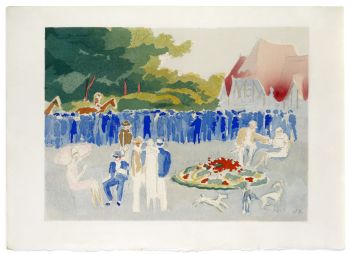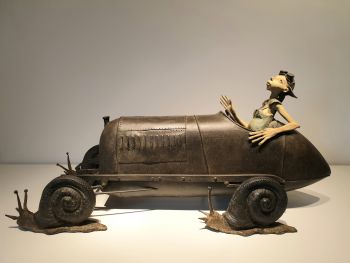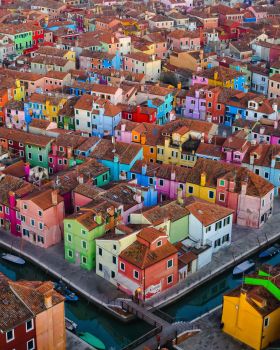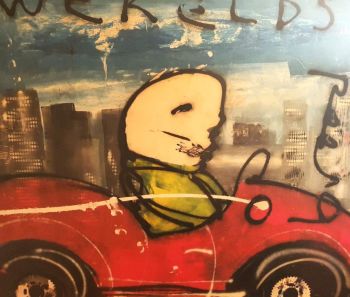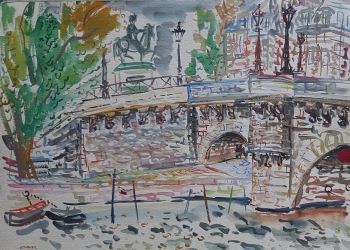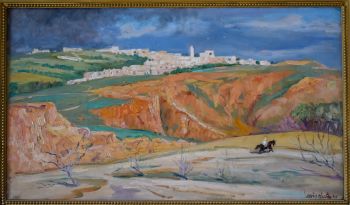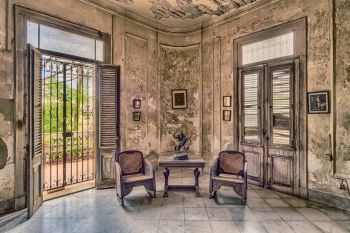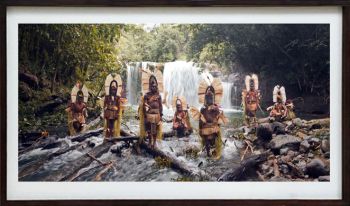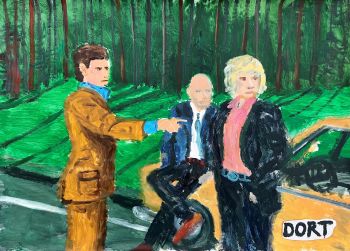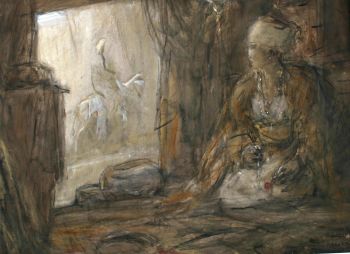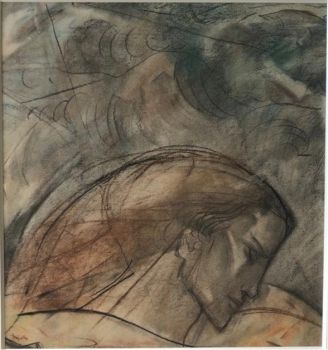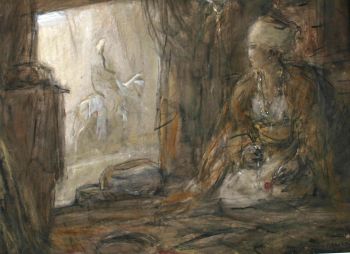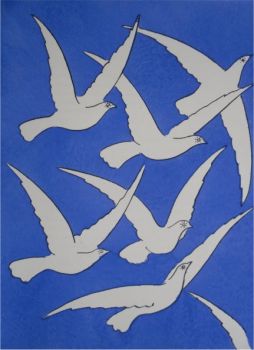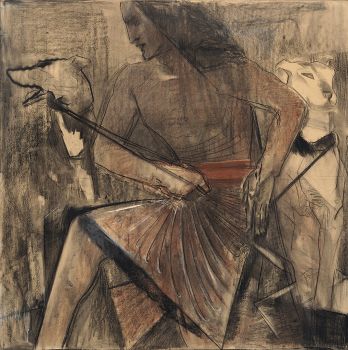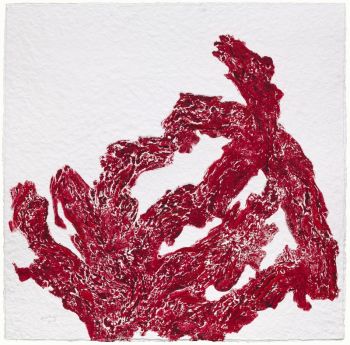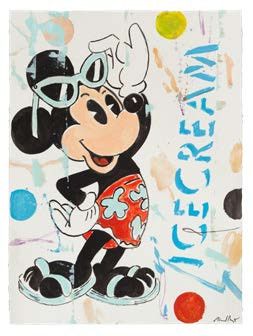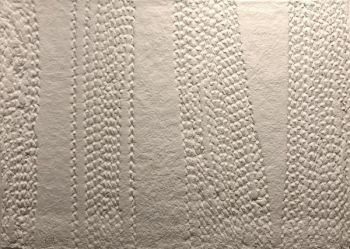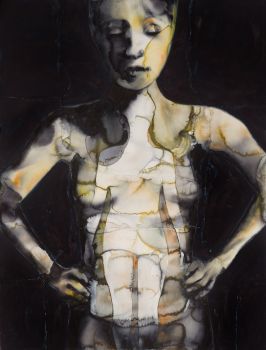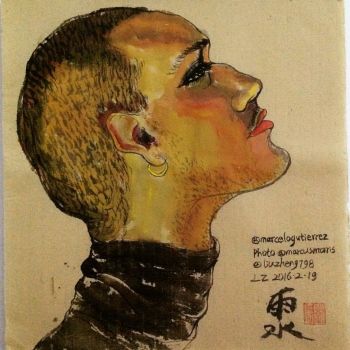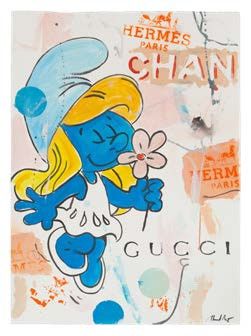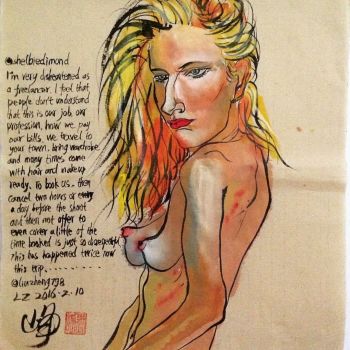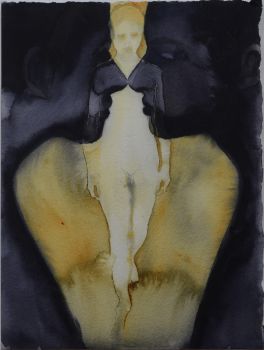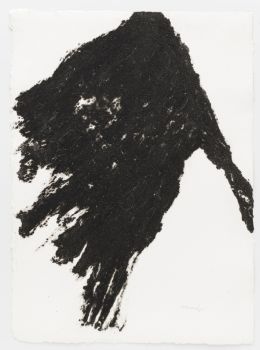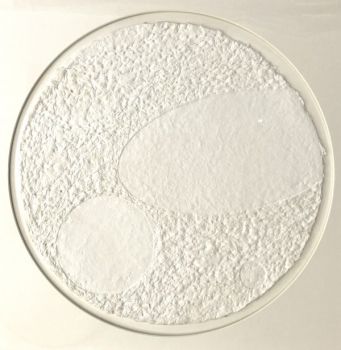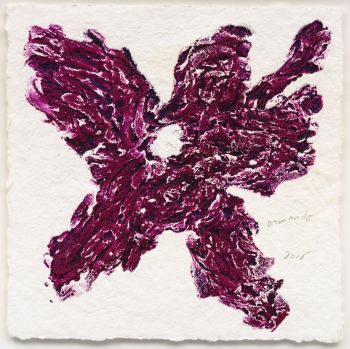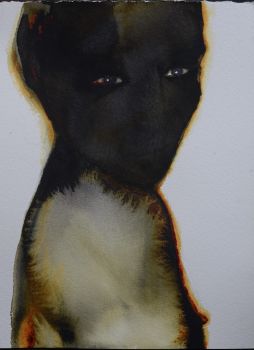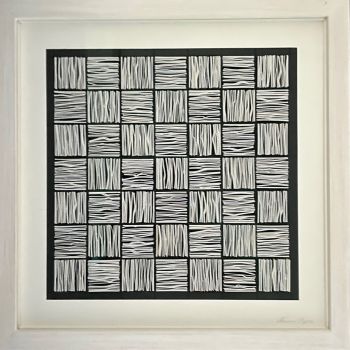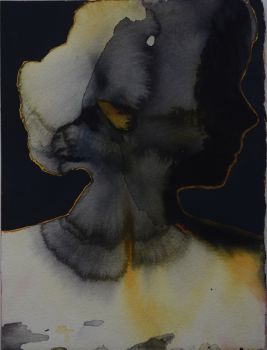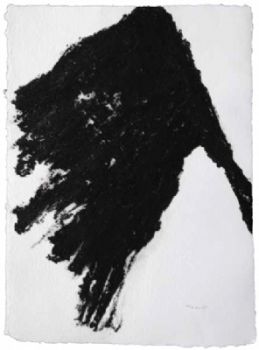Allegorical(?) merchant voyages and trade with the Ottoman Empire, Persia, Egypt, Arabia, etc. 1587
Ludovico Cignano
PaperHandmade paperLeather
Currently unavailable via Gallerease
- About the artworkQuieta solitudine di varii ragionamenti, discorsi, et concetti, ove si narra quattro navigationi …
Bologna, Alessandro Benacci, 1587. Small 4to (21×15 cm). With a woodcut coat of arms on the title-page. Goatskin morocco (ca. 1870/80?), richly gold-tooled spine and turn-ins, signed in foot of front turn-in by the Paris bookbinders "DARLAUD FRÈRES", gold fillets on sides and board edges.
Rare first and only edition of Italian literary musings concerning merchant voyages, including information about commerce with the Ottoman Empire, Egypt, Syria, Arabia, Persia, India and China, with references to Mecca, Constantinople, Cairo and other cities. There are seven numbered chapters (each called a "Spatio"). One discusses a voyage to the East Indies and many refer to real places, but some of the other destinations, as well as the names of some of the people and ships, seem to be allegorical. Chapter one argues for the benefits of travel abroad in general. Chapter 2, discusses the voyage of two ships to the East Indies and mentions many real places along the way and beyond. Chapter 3 concerns the ship Pistri. Chapter 4 describes a voyage to "Tana" by "Mandrilio" (a baboon?), "Quintilius" (the unfortunate Roman general?) and "Fausto" (Doctor Faustus?). Chapter 5 concerns the voyage of the ship Castorea and mentioning Mecca and Arabic and Persian merchants. Chapter 6 offers advice in the form of ten rules "che gli furno date da Medici". Chapter 7 names ten (fictitious?) academic doctors and (satirically?) presents the "elegantissime conclusioni con loro dottrina".
Washed by the 19th-century binder but book and binding in very good condition. A charmingly bound copy of a rare and curious work on the Near and Far East.
USTC 822630 (citing Edit 16); not in Atabey; Blackmer; Howgego (neither real nor "invented and apocryphal"); Mortimer. - About the artistLittles is known about Ludovico Cignano. He was an Italian writer who lived in the 16th century who wrote a book about the often lonely life of merchants called 'Quieta solitudine di varii ragionamenti, discorsi, et concetti, ove si narra quattro navigationi…'
Artwork details
Category
Subject
Material & Technique
Related artworks
Antonie Derkinderen
Memory book Exhibition of Dutch Painting1892
Price on requestKunsthandel Pygmalion
Engelbert Kaempfer
ENGELBERT KAEMPFER BOOK1651 - 1716
Price on requestZebregs & Röell - Fine Art - Antiques
Tilmanus Nicolaus Maastricht
Missale Romanum with Dutch silver mounts1788 - 1792
Price on requestJacob J. Roosjen SRI
Tilmanus Nicolaus Maastricht
Missale Romanum with Dutch silver mounts1788 - 1792
Price on requestJacob J. Roosjen SRI
Hermann Nitsch
"UNDER MY SKIN" Signed book incl. small artwork and DVD in a matching box2010 - 2014
Price on requestGallerease Selected
LAWRENCE WEINER
"SKIMMING THE WATER [MENAGE A QUATRE]" Signed book plus small artwork2010 - 2014
Price on requestGallerease Selected
Engelbert Kaempfer
ENGELBERT KAEMPFER BOOK1651 - 1716
Price on requestZebregs & Röell - Fine Art - Antiques
Antonie Derkinderen
Memory book Exhibition of Dutch Painting1892
Price on requestKunsthandel Pygmalion
1 - 4 / 22Elisabeth Treskow
Afghan lapis lazuli inlaid with gold on a silver stand1950 - 1960
Price on requestJacob J. Roosjen SRI
1 - 4 / 24- 1 - 4 / 24

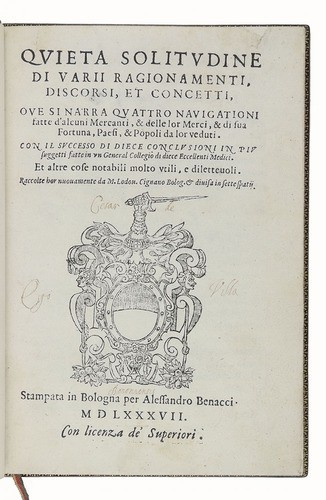














!["SKIMMING THE WATER [MENAGE A QUATRE]" Signed book plus small artwork by LAWRENCE WEINER](https://media-2.gallerease.com/images/442bfd5f-fc31-4e18-a2fa-ee0c08eade64/350x350/skimming-the-water-menage-a-quatre-signed-book-plus-small-artwork.jpg)





